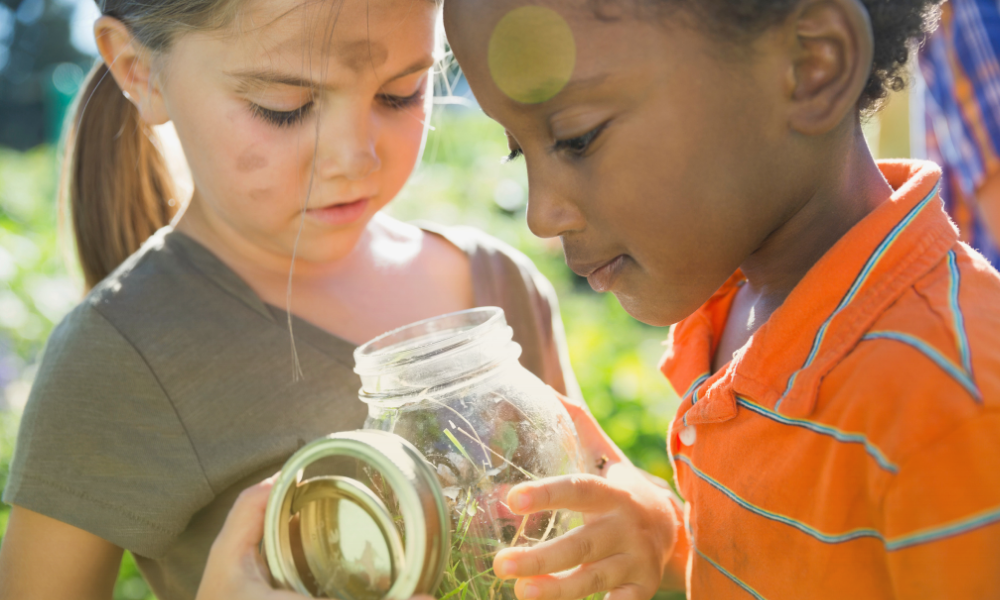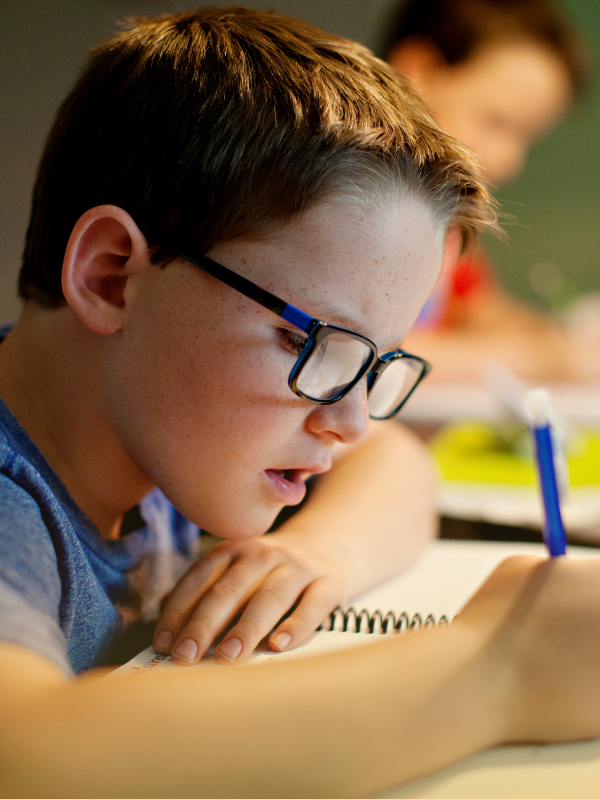
If you’ve wrestled with limiting your tween’s screen time, you’re not alone. But healthy tech habits for tweens aren’t about bans or constant battles. They’re about teaching balance so kids…

If you’ve wrestled with limiting your tween’s screen time, you’re not alone. But healthy tech habits for tweens aren’t about bans or constant battles. They’re about teaching balance so kids…

One mom told us, “Last week, I hid in the pantry for two minutes just to breathe. Between homework battles, work emails, and bedtime drama, I felt like I was…

Want to know the secret to support reading fluency at home without turning it into a chore? Start with just 10 minutes a day – and a lot of encouragement. …

Helping children cope with anxiety doesn’t have to mean overhauling your entire routine. Sometimes, the biggest impact comes from the smallest shifts: an extra minute of connection, a different way…

Screens are everywhere—from homework to downtime—and it’s getting harder for families to stay connected without them. Maybe it starts with one more show before bed, or background scrolling during dinner….

Trying to get your kids to help at home but not sure what’s actually realistic for their age? You’re not the only one. Figuring out age-appropriate chores for kids by…

STEM learning for parents doesn’t need to feel complicated. In fact, some of the best STEM moments happen during everyday activities – right at home. Whether you’re helping your child…

Knowing how to build resilience in school-age kids isn’t about being perfect – it’s about helping them practice small habits that build emotional strength over time. When children learn to…

If you’re wondering how parents can support online learning without burning out, you’re not alone. Many families are still adjusting to learning from home – and that doesn’t mean recreating…

It’s normal to feel frustrated when nothing seems to calm your toddler’s meltdown or stop the climbing, biting, or sudden yelling. But the truth is, gentle discipline tips for toddlers…

Effective homework routines for busy families reduce stress, build independence, and bring calm to your after-school flow. This blog shares some insight into how you can integrate these helpful routines…

Daily mindfulness routines for families can ease stress, build connection, and create calm—no special tools, just presence and practice. These can be as simple as one deep breath together before…